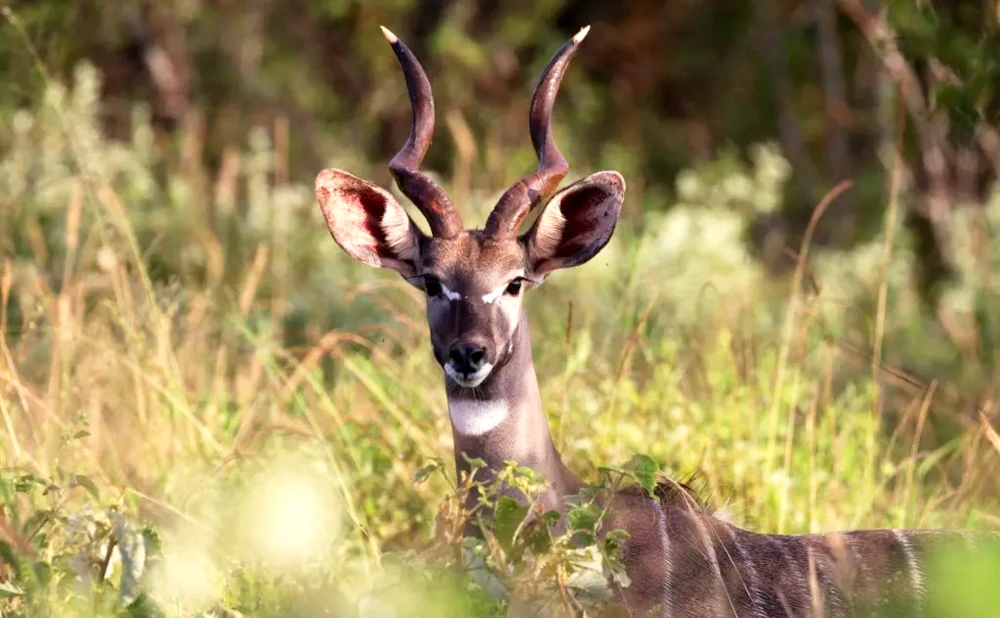
Ruaha National Park is Tanzania's largest national park, covering approximately 20,226 square kilometers in the southern part of the country. Its landscape is characterized by rugged terrain, sprawling plains, and the Great Ruaha River, which serves as a lifeline for the park's wildlife.
Established in 1964, Ruaha National Park was initially comprised of two separate game reserves before being merged into a single protected area. It has a rich cultural history, with evidence of human habitation dating back thousands of years, as well as significant archaeological sites scattered throughout the park.
Wildlife: Ruaha National Park is renowned for its diverse array of wildlife, including large herds of elephants, buffalo, and giraffes. Predators such as lions, leopards, and cheetahs roam the plains, while rare species such as wild dogs and sable antelopes can also be found here. The Great Ruaha River supports a thriving population of hippos and crocodiles, as well as a rich birdlife with over 570 bird species recorded.
Ecology: The park's ecology is shaped by the Great Ruaha River, which flows through its heart and creates a mosaic of habitats ranging from riverine forests and open plains to miombo woodlands and rocky outcrops. These diverse ecosystems support a wide range of plant and animal life, making Ruaha a haven for wildlife enthusiasts and nature lovers.